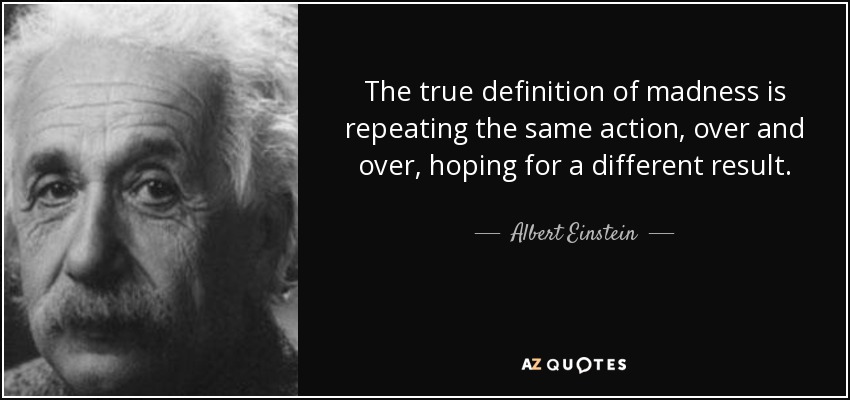PACE trial group Trial Steering Committee (independent members)—Janet Darbyshire (Chair), Jenny Butler, Patrick Doherty, Stella Law, M Llewelyn, and Tom Sensky. Observers—Sir Mansel Aylward (Department for Work and Pensions, London, UK), Sir Peter Spencer and Chris Clark (Action for ME, Bristol, UK), Stephen Stansfeld (Queen Mary University of London, London, UK), Alison Wearden (Fatigue Intervention by Nurses Evaluation trial), and members of analysis strategy group and writing and publication oversight committee. Data Monitoring and Ethics Committee—Paul Dieppe (initial Chair), Astrid Fletcher (fi nal Chair), and Charlotte Feinmann. Independent assessors of the trial safety data— Hiroko Akagi, Alastair Miller, and Gavin Spickett. Independent assessors of therapy—Barbara Bowman and Deborah Fleetwood.
Contributors
The principal investigators (PDW, TC, and MS) designed the study and obtained funding. Design of the trial was further developed by the trial management group, trial steering committee, data monitoring and ethics committee, and the patients’ organisation, Action for ME. The trial management group, chaired by PDW, included all the authors of this report and Chris Clark, Eleanor Feldman, Tim Peto, and Sir Peter Spencer. The analysis strategy group, chaired by MS, consisted of HLB, TC, JCD, KAG, ALJ, LP, PDW, and RW. The statistical analysis plan was written by the analysis strategy group and approved by the trial steering committee and data monitoring and ethics committee before the analysis was started. The trial analysis team, chaired by ALJ, consisted of HLB, TC, KAG, MS, PDW, and RW. ALJ, LP, and RW were trial statisticians who participated in the design of the study, with RW being the lead writer of the analysis plan. KAG did the main statistical analysis. TC designed and undertook the analysis of therapy diff erentiation, integrity, and alliance. The writing and publication oversight committee, chaired by MS, consisted of HLB, TC, KAG, ALJ, PM, LP, PDW, and RW. The trial managers were JCD initially, then HLB. The treatment leaders were JB, MB, DLC, LVC, and GM (JB and LVC in sequence for one treatment group), who designed the treatment manuals in collaboration with the principal investigators and trained and supervised the trial therapists and doctors. The centre leaders were BA, TC, Eleanor Feldman, GM, MM, HO, Tim Peto, MS, PDW, DW, and Simon Wessely. The centres were at St Bartholomew’s Hospital, London; Western General Hospital, Edinburgh; King’s College Hospital, London; John Radcliff e Hospital, Oxford; Royal Free Hospital, London and the Frenchay Hospital, Bristol (all UK).
Acknowledgments
The PACE trial was funded by the UK Medical Research Council (MRC G0200434), the Department of Health for England, the UK Department for Work and Pensions, and the Chief Scientist Offi ce of the Scottish Government Health Directorates. The Department of Health and the Chief Scientist Offi ce provided excess treatment and service support costs for the trial therapists and doctors. We thank the participants who took part in the PACE trial, staff from all the centres (including all PACE research nurses or assistants: Susan Begg, Matteo Cella, Sally Cregeen, Sarah Horne, Chris James, Julie Richards, Joanna Smee, and Vicky Toghill; data managers: Victoria Bates, Ann M Doust, Emma Hartley, Kate Lievesley, Sandy Smith, and Olga Zielona; therapists: Mary Barker, Jen Bobrow, Laura Butler, Nathan Butler, Richard-John Chippindall, Ruth Cowlishaw, Vincent Deary, Caroline J Heading, Lindsey Hume, Vicky Johnson, Sally Ludlam, Lorraine Maher-Edwards, Louise Mason, Christina Michailidou, Stacey Millet-Clay, Karen Shute, C M Simpson, Sheena E Spence, Valerie Suarez, Brendan Thomas, Tracey Turner, Rebecca Van Klinken, S M Wagner, Sue Wilkins, Giselle Withers, Fiona Wright, and Daniel Zahl; and specialist medical care doctors: Janet Andrews, Michael Broughton, Frauke Fehse, Eleanor Feldman, Janet Gray, Michael E Jones, Tara Lawn, Brian Marien, Tim Peto, Angharad Ruttley, Alastair Santhouse, Adrian Vos, and Simon Wessely. Kathy Fulcher, Tom Meade, C L Murphy, Anthony J Pinching, and Rajesh Shah contributed and provided advice about the study, and Kurt Kroenke, Jan Scott, Peter Tyrer, and Simon Wessely commented on an early draft of the report.


